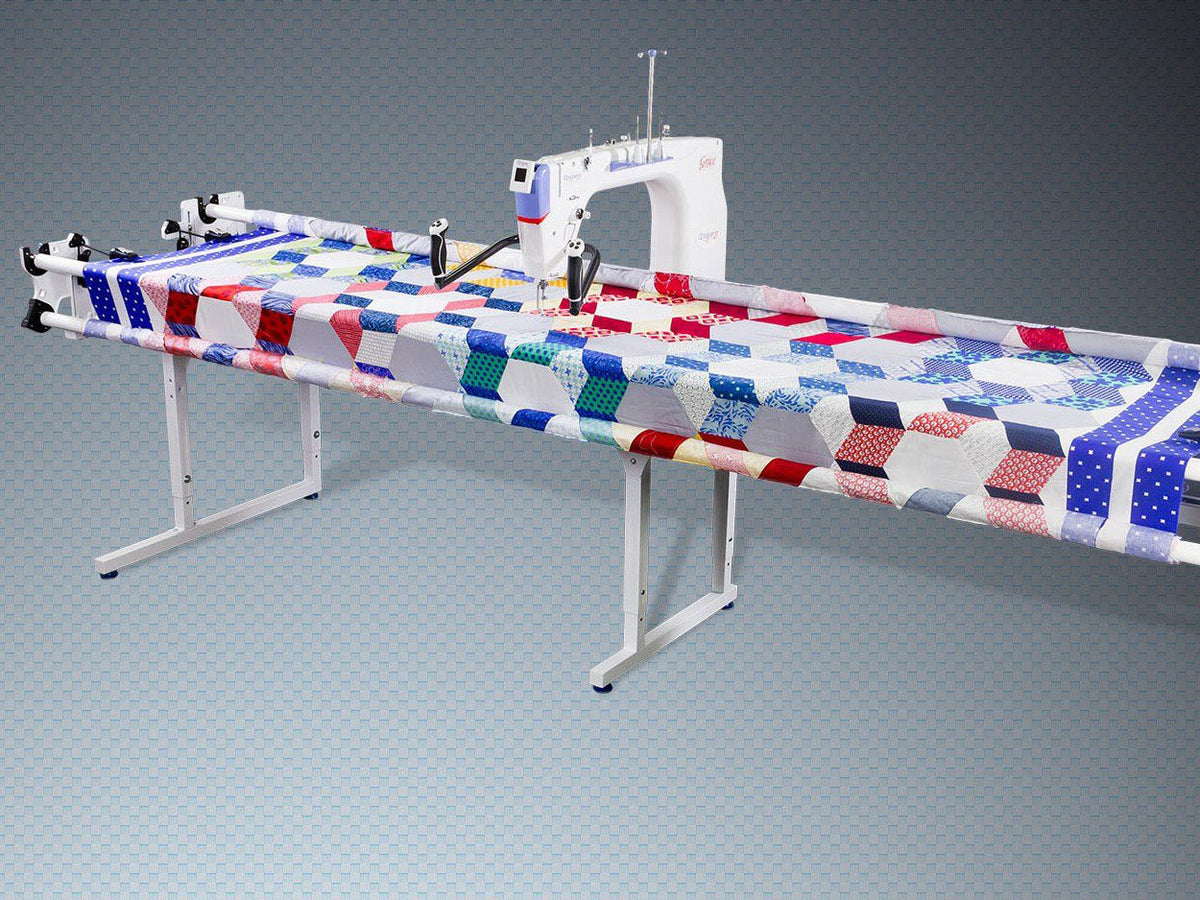

In 1919, GEC merged its radio valve manufacturing interests with those of the Marconi Company to form the Marconi-Osram Valve Company. In 1917, GEC created the Express Lift Company in Northampton, England. In the same year, the maker of electricity meters, Chamberlain and Hookham, was also acquired by GEC. The takeover of Fraser and Chalmers in 1918 took GEC into heavy engineering and bolstered their claim to supply 'everything electrical'. īetween the wars, GEC expanded to become a global corporation and national institution. It was heavily involved in the war effort, with products such as radios, signal lamps, and the arc-lamp carbons used in searchlights. The outbreak of World War I transformed GEC into a major player in the electrical industry. It also did substantial trade with South America. The company expanded both at home and overseas, with the establishment of agencies in Europe, Japan, Australia, South Africa, and India. Rapidly growing private and commercial use of electricity created huge demand. In 1909, Osram began production of the most successful tungsten filament lamps in the industry. Hirst's shrewd investment in lamp manufacture was proving extremely profitable. With the death of Gustav Byng in 1910, Hugo Hirst became the chairman as well as managing director, a position he had assumed in 1906. The telephone manufacturing section moved from Manchester to Coventry in 1919, and GEC was one of the "ring" of four (later five) companies supplying the GPO with Strowger automatic telephone exchanges (called "Step-by-Step" or SXS) in use from the 1920s to the 1960s.

The British telephone system had been taken over and was operated by the General Post Office (GPO or BPO, a government department).
#The electric quilt company manual#
In 1907 GEC set up the Peel-Connor Telephone Works to manufacture telephone exchanges and telephones for the GPO GEC supplied a large CB manual exchange for Glasgow in 1910. In 1902, its first purpose-built factory, the Witton Engineering Works, was opened near Birmingham. In 1900, GEC was incorporated as a public limited company, The General Electric Company (1900) Ltd (the '1900' was dropped three years later). The resulting company, (to become Osram in 1909), was to lead the way in lamp design, and the burgeoning demand for electric lighting was to make GEC's fortune. In 1893, it decided to invest in the manufacture of lamps. The company was expanding rapidly, opening new branches and factories and trading in 'everything electrical', a phrase that was to become synonymous with GEC. In 1889, the business was incorporated as a private company known as the General Electric Company Ltd. The following year, the company acquired its first factory in Salford, where electric bells, telephones, ceiling roses and switches were manufactured. He travelled across Europe with an eye for the latest products, and in 1887 the company published the first electrical catalogue of its kind. Hugo Hirst was an entrepreneurial salesman who saw the potential of electricity and was able to direct the standardisation of an industry in its infancy.

Their small business found early success with its unorthodox method of supplying electrical components over the counter. Regarded as the year GEC was founded, 1886 saw a fellow immigrant, Hugo Hirst, join Byng, and the company changed its name to The General Electric Apparatus Company (G. Binswanger and Company, an electrical goods wholesaler established in London in the 1880s by a German-Jewish immigrant, Gustav Binswanger (later Gustav Byng).

What was left of the business was renamed Telent. In 2005, Ericsson acquired the bulk of that company. After buying several US telecoms manufacturers at the top of the market, losses following the bursting of the dot-com bubble in 2001 led to the restructuring in 2003 of Marconi plc into Marconi Corporation plc. The rest of GEC, mainly telecommunications equipment manufacturing, continued as Marconi Communications. In December 1999, GEC's defence arm, Marconi Electronic Systems, was sold to British Aerospace, forming BAE Systems. In June 1998, GEC sold its share of the joint venture GEC-Alsthom on the Paris stock exchange. The company was founded in 1886, was Britain's largest private employer with over 250,000 employees in the 1980s, and at its peak in the 1990s, made profits of over £1 billion a year. The General Electric Company, or GEC, was a major British industrial conglomerate involved in consumer and defence electronics, communications, and engineering. Hugo Hirst (Founder), Lord Weinstock (Managing Director)


 0 kommentar(er)
0 kommentar(er)
